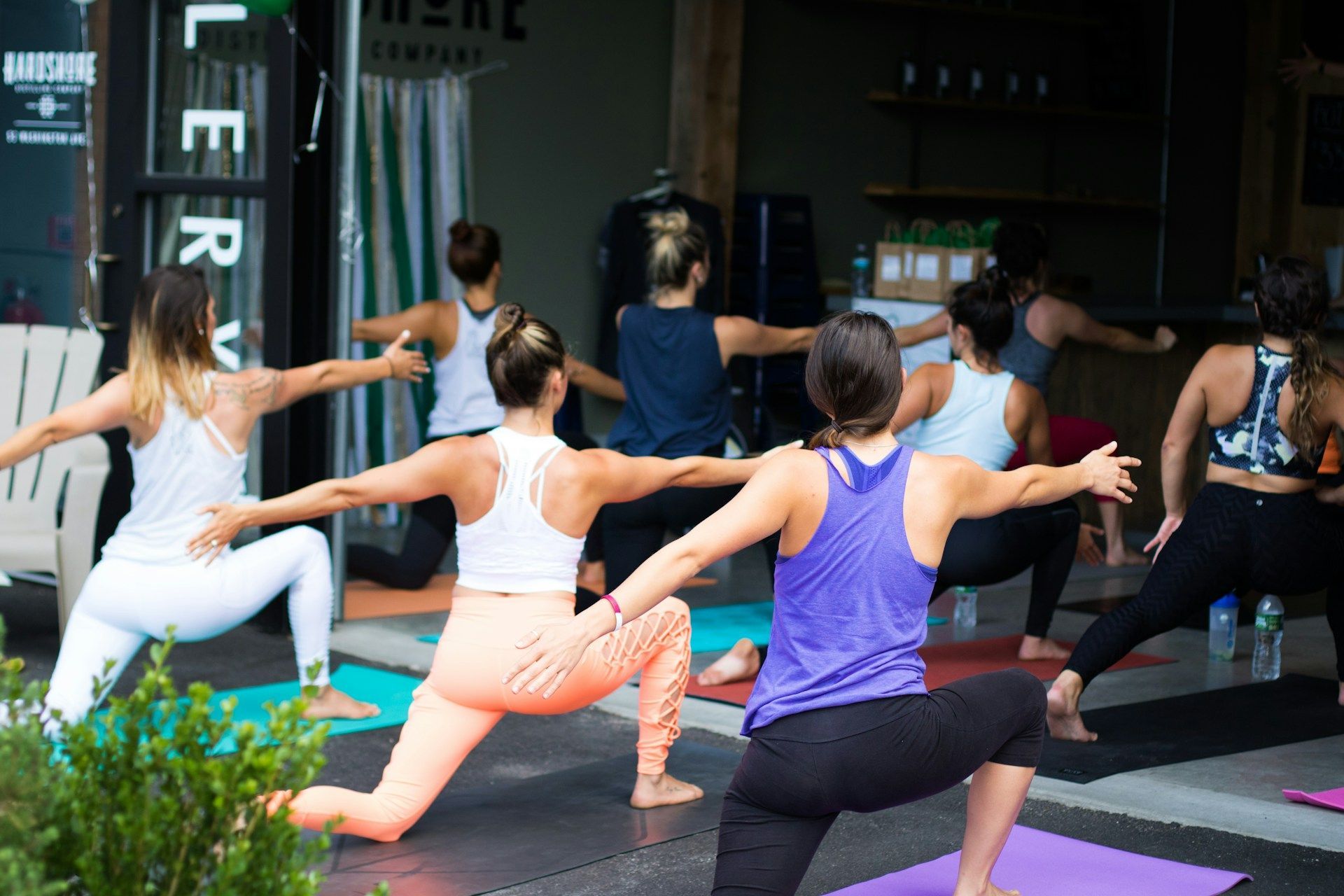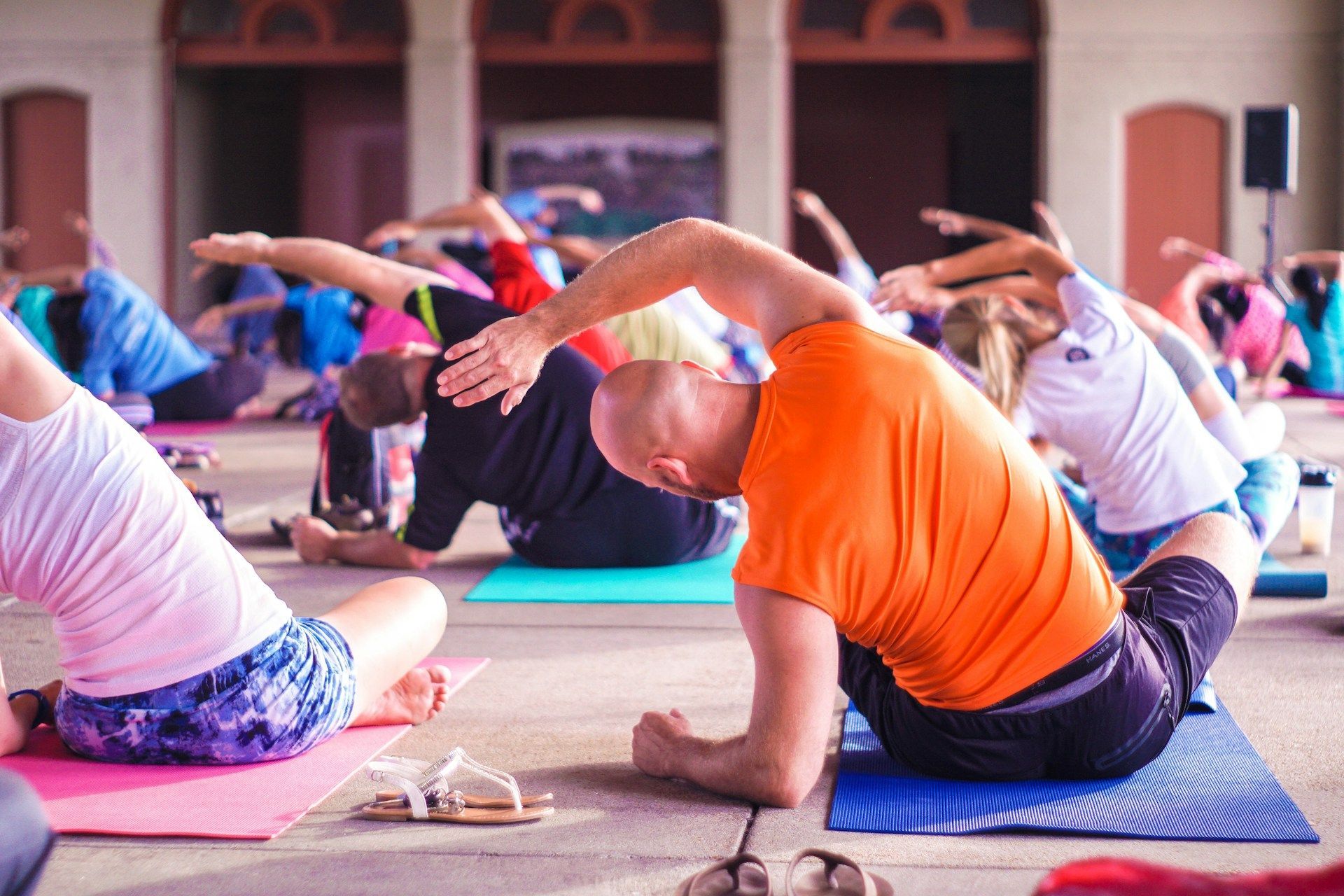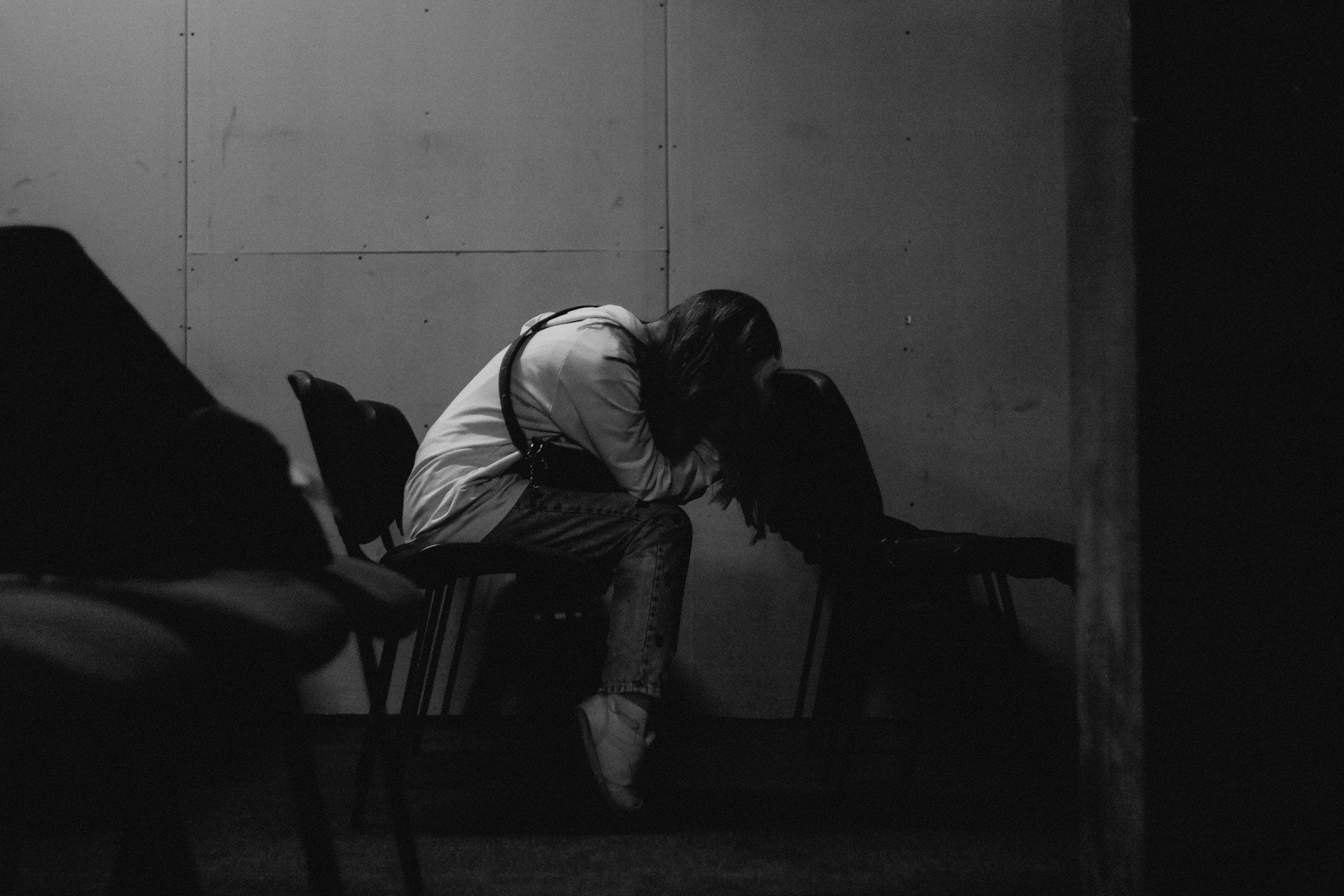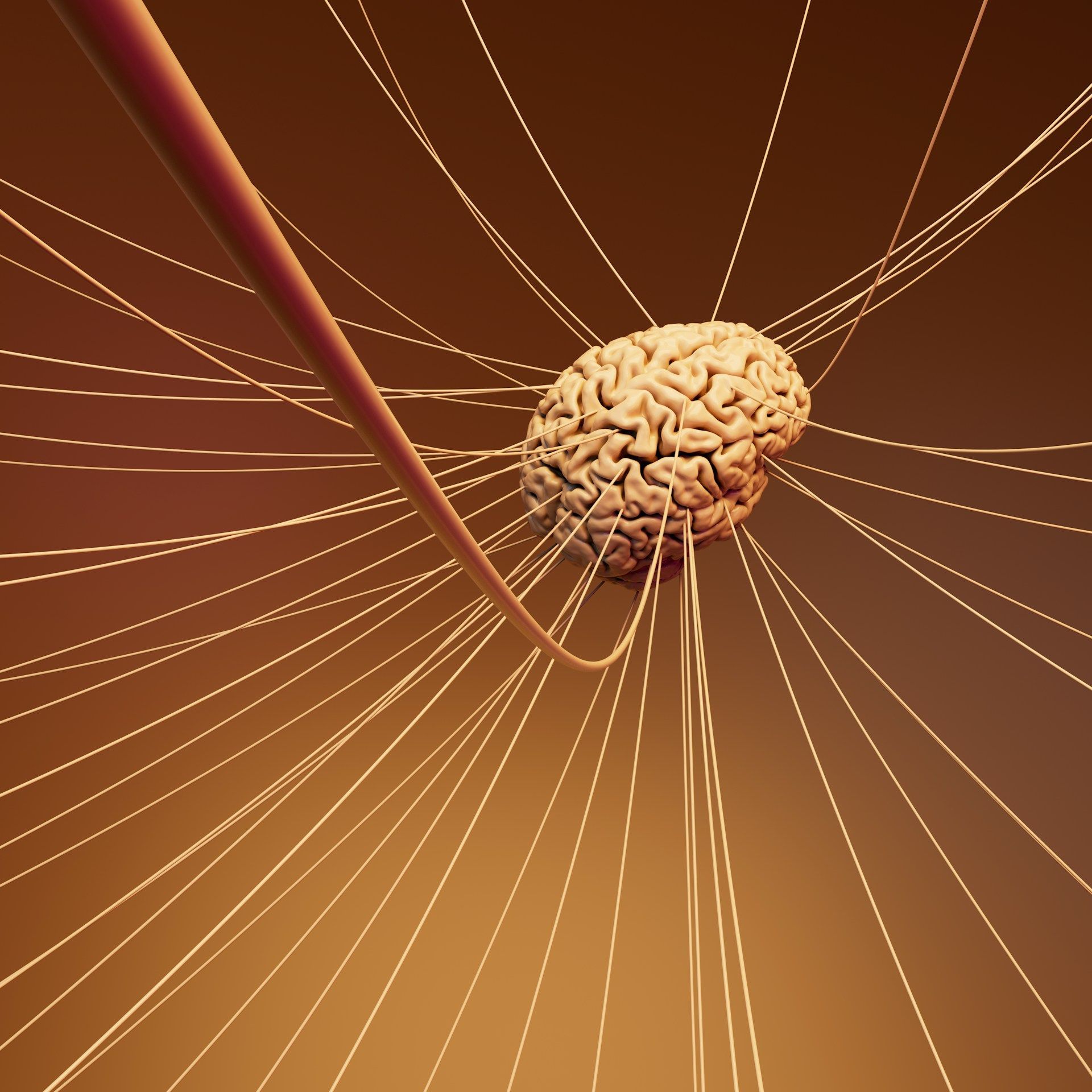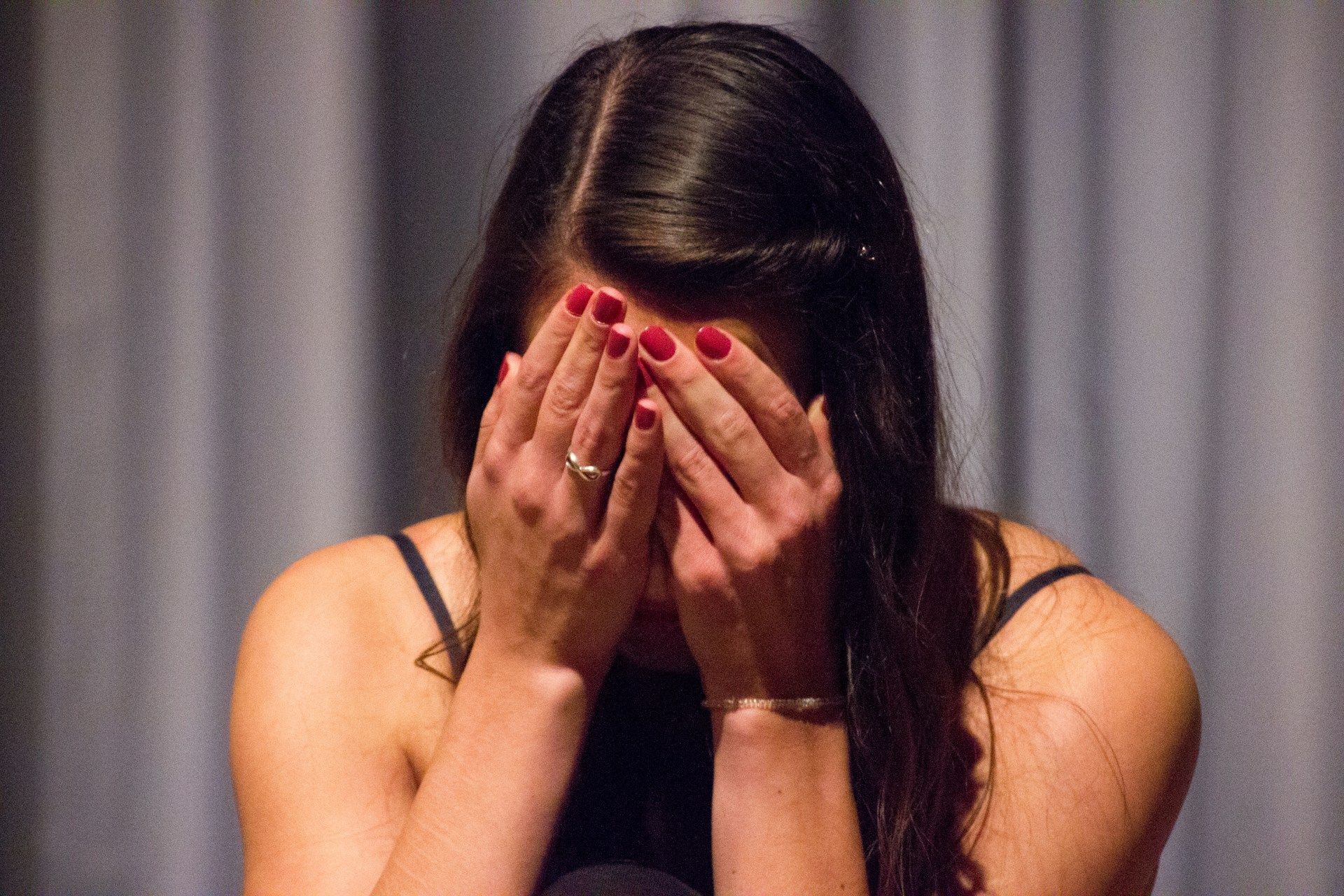The Meaning of the Only in Sedona Yoga Closing Sequence
Why we seal our practice as we do.
If you watch Only in Sedona Yoga’s short programs designed to fit yoga into your daily life, you know that we end most flows with a specific closing sequence. If you’re ever wondered why, we’re here to spill the beans. It’s all a part of our mission to help you make mindfulness a way of life, stemming from our firm belief in the essential goodness of human beings and their ability to grow, change, adapt and treat each other with loving-kindness.
The Only in Sedona Yoga Closing Sequence Explained
The Only in Sedona Yoga closing sequence goes thus:
Tap your forehead for mindfulness of thought
Your lips for mindfulness of speech
Your heart in gratitude for your practice
This closing sequence is both a way to seal what you do on the mat and a reminder to carry the wisdom and sense of inner peace you’ve gained through your practice into your daily life. Yoga is unique. Although many come to the mat in search of the physical benefits, it’s also a chance to reconnect with all that makes you human, including your ability to reflect.
You’re an incredibly complex biological creature. You know you can build your muscles through physical exercise. However, you can also train your mental strength. This work only begins on the mat. Here’s how the closing sequence unites it with your life outside of asana practice.
Mindfulness of Thought
Mindfulness of thought is the hardest part of the Only in Sedona Yoga closing sequence. All of us are thinking all the time. Those thoughts have tremendous power. They’re even strong enough to influence how fast you heal from injury. However, many of these notions exist inside your head outside of your conscious awareness. They nevertheless influence what you do and how you act like the little man behind the screen in “The Wizard of Oz.”
Your work on the mat provides time for your brain’s
default mode network to communicate, strengthening new neural connections. If you have a history of trauma, this network
can become damaged, especially if you endured childhood abuse. As a result, you may often react to triggers without fully being aware of your actions or how they impact others. Such reactions are often knee-jerk, maladaptive and leave you dripping with regret and shame.
Your work on the mat helps you develop that necessary pause between a stimulus (trigger) and your reaction. Tapping your forehead at the conclusion of each flow is a gentle reminder to stop and count to ten before impulsively doing or saying something you’ll live to regret. This change doesn’t happen overnight, but it does get easier with practice, which is why its a crucial part of our closing sequence.
Mindfulness of Speech
We tend to underestimate the power our words and actions have on others, especially if we have a trauma history, feel small and insignificant, or both. However, hurting another living person is like crumpling up a piece of paper. Try as you might to smooth it out again, it remains changed.
I have enormous guilt here. As an autistic person, the echoism is strong in me, and lets just say some of the language I have parrotted since childhood isn’t very kind. I’m still prone to letting my anxiety and frustration show in my communication, and my battle to learn to express myself without spitting bullets at others remains an ongoing battle.
Tapping our lips to remind us to be mindful of our speech is a recognition of our energy, our power. It’s a self-check, reminding us to use it wisely, kindly, and containing it when we cannot.
Gratitude for Our Practice
Being a good human is hard work. As much as we might like to think of ourselves as tough, unshakable and stalwart in our convictions, the truth is, our external conditions affect us just as we impact them. It is very much a give-and-take, and you don’t get to pick all of your circumstances. Being immersed in the wrong ones, especially in youth, can slowly make us into people we don’t want to be.
However, wise teachers throughout the ages have found ways to build our sense of self, to strengthen who we are inside and become who we want to be in the world, despite its heavy winds. By tapping our hearts in gratitude for our practice, we give silence thanks to every yogi, sage, meditation guide, and other healers who have spread their wisdom so that we may benefit.
Tapping your heart in gratitude for your practice is also a way to thank yourself for your dedication. Pushing through mental resistance, even long enough to do a 10-minute vinyasa flow, takes discipline. Thank the guides who have brought this wisdom through the ages, and thank yourself for being wise enough to heed it.
Can Mindfulness Change the World?
We at Only in Sedona Yoga believe the answer to this question is yes. Greater mindfulness can change the world. That’s what inspires all of our programming, from our short weekly flows designed to help you fit your practice into busy days, to our Mindful Kids program, our meditations and our sober Saturday hangouts.
The world today moves at a breakneck pace. It also advertises endless mindless distractions, from doom-scrolling social media to Netflix binges that can go on for days, thanks to the ability to stream multiple seasons of your favorite show. It can seem as if modern life demands that you’re either firing on all cylinders or numbing yourself. It gives short shrift to building mental strength and resilience.
However, how many times have you thought, “if only?” How many times have you realized that had you simply slowed down and thought things through, you’d have done things much differently? While mindfulness practice isn’t an impenetrable bulwark against life’s storms, it can develop an inner center of calm that helps you navigate.
Helping people slow down and become more mindful is the core of Only in Sedona Yoga’s mission. Imagine what could be if more people took the time to pause and mindfully respond instead of knee-jerk reacting. Imagine what could be if more people began from a point of peace instead of anticipating conflict? By building peace inside yourself, you inspire greater peacefulness in everyone you touch. That’s what we’re confirming when we seal our practice with our closing sequence.
Carrying Your Practice Forward Into Daily Life
Only in Sedona Yoga’s closing sequence is more than a set of gestures. It’s a meaningful way to seal your practice and carry the spirit of peace from your mat into the greater world around you. Thank you for reading, and stay mindful.

